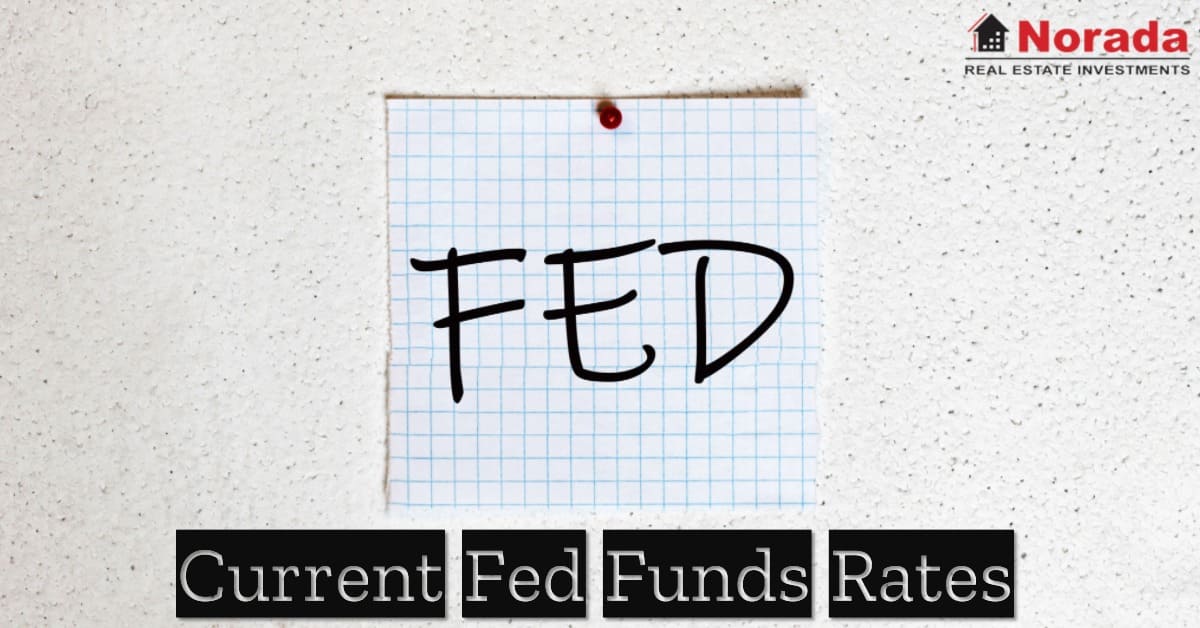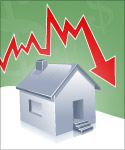The Federal Reserve, the central banking system of the United States, continues to exert a significant influence on the economy through its monetary policy decisions, particularly in setting the federal funds rate. As of November 7, 2024, the Federal Reserve has reduced the interest rate to a target range of 4.50% to 4.75% following a series of rate cuts throughout the year, including a notable 25 basis point cut in its latest meeting. This marks a significant shift from the 5.25% to 5.50% range maintained earlier in 2024, underscoring the Fed's response to changing economic conditions.
Current Fed Interest Rate Set to 4.75% to 5.00% in November 2024
Recent Developments
The decision to lower the interest rate reflects ongoing efforts to stimulate economic growth while addressing persistent inflationary pressures. According to the most recent data, the annual inflation rate in the United States stood at 2.6% for the 12 months ending in October 2024, up from 2.4% in September. This recent uptick follows a trend of moderating inflation rates from peaks exceeding 9% in mid-2022, yet inflation remains above the Fed's long-term target of 2%.
Fed's Strategy
The Federal Reserve's strategy to manage inflation hinges on maintaining interest rates that are high enough to curb spending yet low enough to encourage economic activity. The Fed's chief inflation measure, which excludes food and energy costs, recently registered a 2.1% increase over the past year, indicating some success in stabilizing prices. However, challenges persist as housing costs and auto insurance rates continue to exert upward pressure on inflation.
Moreover, the Fed indicated it would cut back on the pace of its quantitative tightening, reducing the maximum amount of Treasury securities removed from its balance sheet from $60 billion to $25 billion per month starting from June 2024. This maneuver aims to balance the forces of economic growth and inflation control.
Labor Market Dynamics
Despite challenges, the U.S. labor market shows resilience. Data from November 2024 indicate healthy job openings and employment levels, contradicting fears of a downturn. Even sectors like technology are seeing signs of a rebound despite previous hesitancy toward remote work. The latest reports reflect ongoing shifts in the workforce, with an increase in job openings and a slight dip in unemployment claims, suggesting a more optimistic labor market outlook.
Consumer Confidence
Consumer sentiment has experienced fluctuations, yet recent indicators are slightly more positive. The Conference Board's Consumer Confidence Index increased to 108.7 in October 2024, up from 99.2 in September, signaling a rebound in consumer optimism regarding the economy. This is reflected in consumers expressing improved perceptions of business conditions and job availability, although concerns remain about income stability and inflationary impacts on purchasing power.
What Happens if the Federal Funds Rate is High?
It's worth noting that the Fed's decisions regarding interest rates are based on a range of economic data and projections, and they are subject to change based on new information and developments. The Federal Funds Rate has a significant impact on the economy and financial markets. When the Fed raises or lowers the rate, it affects the interest rates that banks charge for consumer and business loans, as well as the rates on savings accounts and other financial products.
If the Fed increases the Federal Funds Rate, mortgage rates may increase, making it more expensive for individuals to purchase homes. In contrast, if the Fed lowers the rate, mortgage rates may decrease, making it more affordable for people to buy homes, potentially boosting the housing market.
When the Federal Funds Rate is high, it means that banks are lending to each other at a higher interest rate. This, in turn, affects the interest rates that banks charge consumers and businesses for loans, as well as the rates on savings accounts and other financial products.
For consumers and businesses, a high Federal Funds Rate means that borrowing money becomes more expensive. This can result in a decrease in borrowing and spending, as people and businesses are less likely to take out loans or invest in new projects. As a result, economic growth may slow down or even come to a halt.
On the other hand, a high Federal Funds Rate can be beneficial for savers, as banks are more likely to offer higher interest rates on savings accounts and other financial products. This can make it more attractive for people to save money rather than spend it, which can help to reduce inflation.
A high Federal Funds Rate can also affect the value of the US dollar. As the interest rate on US financial assets increases, foreign investors may be more attracted to investing in the US, leading to an increase in the demand for US dollars and a strengthening of the currency.
However, a high Federal Funds Rate can also have negative consequences for the economy. It can lead to a decrease in borrowing and spending, which can decrease economic growth and job creation. In addition, if interest rates are too high for too long, it can lead to a recession.
In summary, the Federal Funds Rate plays a crucial role in managing the US economy and controlling inflation. The Federal Reserve's rate hike reflects its commitment to combatting inflation while closely monitoring economic developments. The decision to pause further rate increases will depend on the trajectory of inflation and the labor market.
While the rate hike may impact consumer loans and economic activity, it also offers higher savings yields for depositors. The financial markets have responded cautiously to the rate hike announcement. The future path of interest rates and the overall economic outlook will continue to be closely watched by investors, economists, and individuals alike.
FAQs – Current Fed Funds Rates
The Fed rate, or the federal funds rate, is the interest rate at which banks lend and borrow money from each other overnight to meet reserve requirements. It is set by the Federal Reserve and is used to manage the nation's money supply and control inflation.
As of the most recent update, the current target rate for the Fed funds rate is 4.50% to 4.75%.
The Fed rate is determined by the Federal Open Market Committee (FOMC), which meets eight times a year to review economic data and make decisions on whether to change the rate. The FOMC considers various factors such as inflation, economic growth, and employment levels.
A change in the Fed rate can have a significant impact on the economy and financial markets. When the Fed raises the rate, it can lead to higher borrowing costs, which can slow down economic growth and potentially reduce inflation. Conversely, when the Fed lowers the rate, it can stimulate economic growth and increase inflation.
The Fed rate is not fixed and can change as often as eight times a year when the FOMC meets. However, the Fed may also make an unscheduled change to the rate if economic conditions warrant it.
The Fed rate can influence mortgage rates, which are the interest rates that banks charge consumers for home loans. When the Fed raises the rate, mortgage rates can also increase, making it more expensive for people to buy homes. On the other hand, when the Fed lowers the rate, mortgage rates may decrease, making it more affordable for people to buy homes.
Recommended Read:
- Fed's Powell Hints of Slow Interest Rate Cuts Amid Stubborn Inflation
- Fed Cuts Interest Rates: Impact on Your Mortgage and Wallet
- Fed is Poised to Cut Interest Rates After Trump's Election Victory
- Fed Funds Rate Forecast 2025-2026: What to Expect?
- Why Are Mortgage Rates Rising Despite Fed's Recent Rate Cut?
- Powell on Fed's Thoughtful Approach to Cut Interest Rates
- Fed Just Made a BIG Move by Slashing Interest Rates to 4.75%-5%




